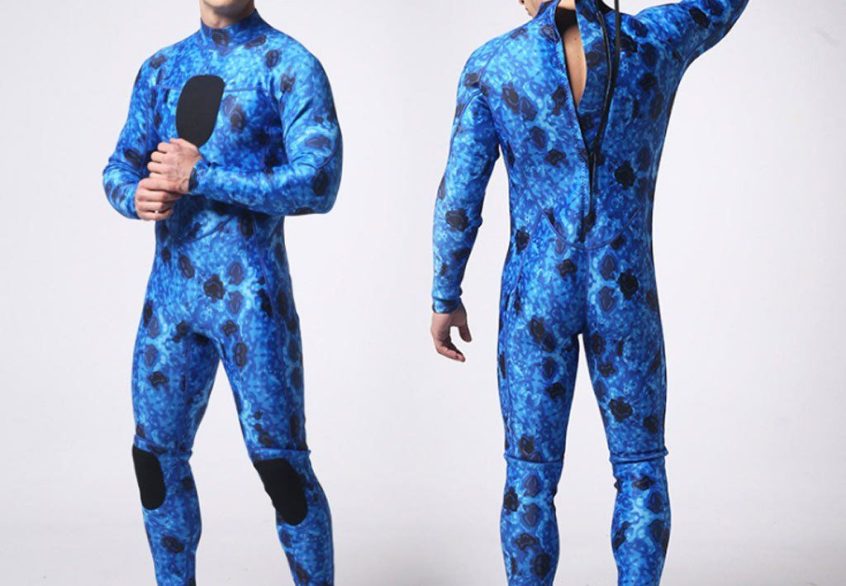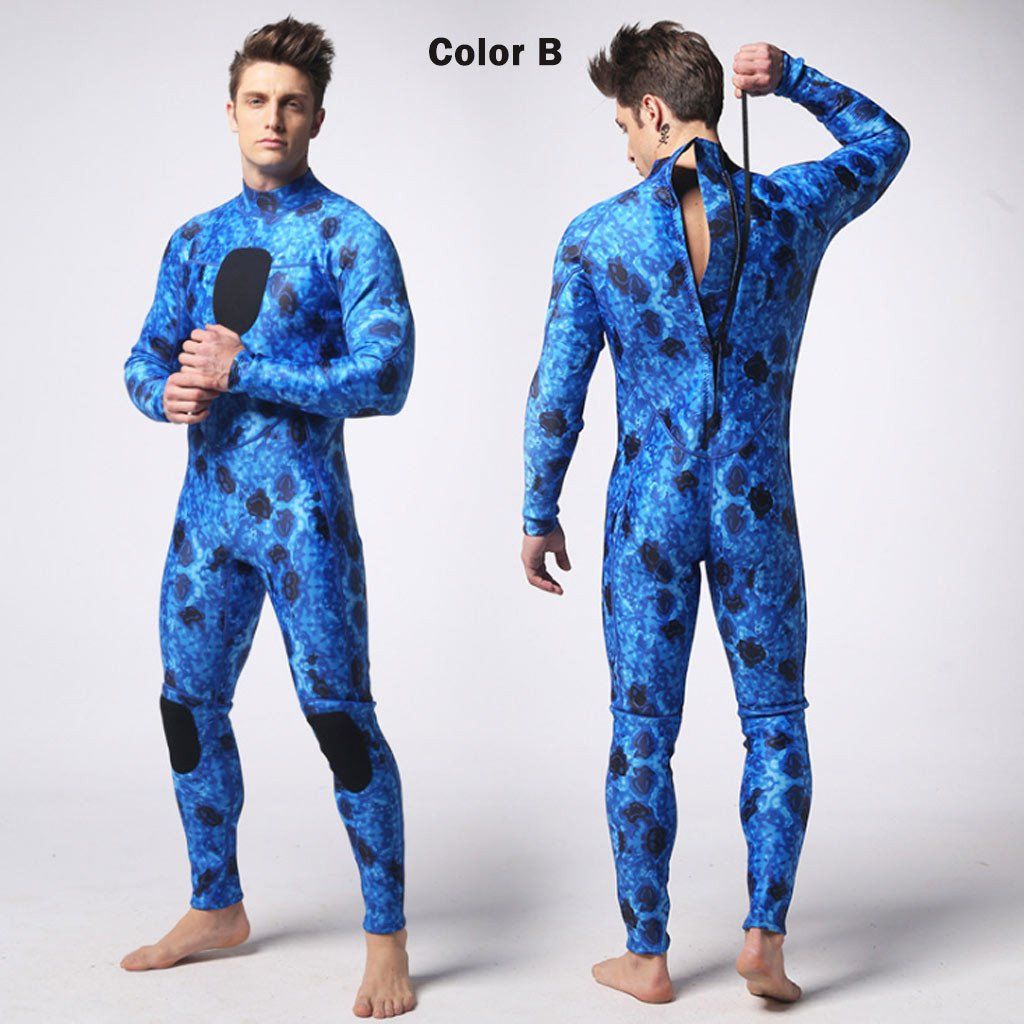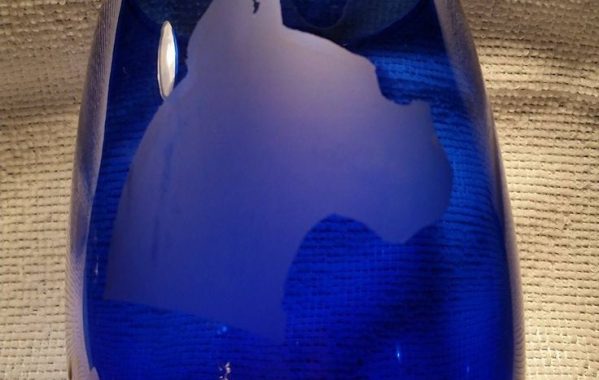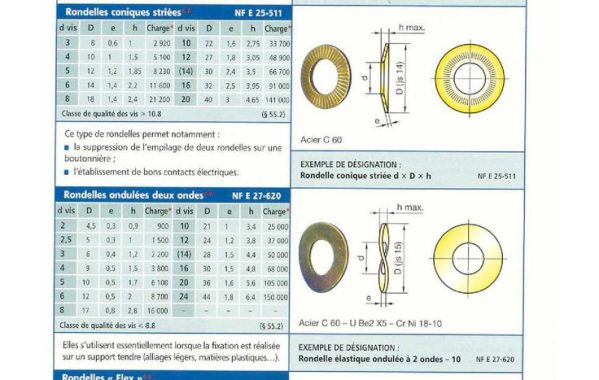Wetsuit Thickness Guide Scuba

Water temperatures above 85 f; For summer seasons you can go for a lighter wetsuits of approximately 3/2 sizes.
 SBART 2mm neoprene scuba/swim/dive jacket Jackets
SBART 2mm neoprene scuba/swim/dive jacket Jackets
It’s best suited to neoprene.

Wetsuit thickness guide scuba. Wetsuits come in varying sizes, typically from 1mm to 7mm. Before we get to the temperature chart i can see some hardcore surfers complaining that they can surf in a shorty wetsuit in 59f (15 c) degree water. You can get this level of thickness for any type of wetsuit you pick on.
If you are looking for wetsuit thickness/water temperature chart for surface water sports check this article. This portion of the guide will give you all the information you need to find the right wetsuit size for you. Most of the time you are above the water surface.
Guide to sizes and fit. Thus, if you are buying a 4mm wetsuit for scuba diving, you will find it indicated as 4/3. Wetsuit thickness guide for water temperature.
Oh, yes, i have not used a shorty since i had to come up through a herd of mushroom. This is typically measured in millimeters. Scuba wetsuit thickness guide according with water temperature.
So you are permanently exposed to the wind and the outside temperature. Everyone knows what a wetsuit is or at least what it’s supposed to look like. The 3/2 wetsuit combines different thicknesses of neoprene for different parts of the body.
Wetsuit thickness versus temperature guide discussion in 'exposure suits' started by vercingetorix, feb 2, 2007. And so on and so forth. If you are buying a 3mm wetsuit, it will be indicated as 3/2.
As a general rule, there are 3 main thicknesses of wetsuit: Although the water temperature you are going to dive in will be the most important indicator for choosing your wetsuit thickness, we cannot forget that there are other variables to take into account. Warm water diving, most divers dream.
The local water temperature should guide you to getting the right thickness of your wetsuit. They indicate the thickness of the wetsuit’s material. The thicker a wetsuit is, the warmer it will be!
The thinner the suit, the better flexibility of movement you will have but the less warmth and buoyancy. The thicker the wetsuit, the more successful it will be in keeping you warm. A wetsuit isn't going to do you much good if it doesn't fit properly.
This simple guide will help you get it right for the season and conditions you're planning on ripping. The higher the number, the thicker the wetsuit is. The perfect wetsuit thickness for every water temp a guide to choosing the correct exposure protection for scuba diving by roger roy posted apr 25th, 2014 at 10:49am
If you’re planning on diving in 52°f & up water temps and aren’t sure what wetsuit you’ll need, simply use the guide to find the colored top column that says ‘52°+’ and find the side column labeled ‘scuba’ and you’ll see that we recommend wearing something in the 7mm. Page 1 of 3 1 2 3 next > vercingetorix angel fish # of dives: How is the wetsuit thickness measured?
Wetsuit thickness is determined by many things but the chief of them all is the water temperature. New and snug wetsuit will be warmer that an old, stretched out one of the same thickness. Quality of the wetsuit definitely counts (this is why good winter suits for low temperatures aren’t cheap).
Apr 16th, 2019 at 6:45am when planning a dive, it only makes sense that the colder the water is going to be, the thicker the wetsuit you’re going to need. We’ve broken this wetsuit thickness guide into four major watersports and common wetsuit temperatures. Otherwise, using the wetsuit thickness table should be a very good place to selecting the right wetsuit style and thickness.
Before departing on a trip or visiting your local dive spot, do research on the average water temperature from that season or call the local dive operator to get this info. Your guide to scuba diving wetsuits. Wetsuit thickness is measured in millimeters, represented with two or three numbers separated by a slash.
The most common wetsuit thicknesses will be 3mm, 5mm, and 7mm. Scubaboard.com is the world's largest scuba diving online community. Since 2000, scubaboard has been the place to go for internet based discussions related to all.
Page 2 of 3 < prev 1 2 3 next > hilaryrn71 instructor, scuba # of dives: With bloody beginners this can look a bit different however, this stage should not influence the decision regarding the wetsuit thickness. Wetsuit thickness versus temperature guide discussion in 'exposure suits' started by vercingetorix, feb 2, 2007.
Maybe if you are even more knowledgeable, you will even know how much a wetsuit costs. When planning a dive there are many things you need to take into consideration to ensure it is an enjoyable and safe experience. How to match your wetsuit to the water temperature by john brumm updated:
Wetsuit thickness is measured in millimeters and can be represented with one, two or three numbers separated by a slash. Of course, the first time you try on a wetsuit you will probably think it doesn't fit. Some wetsuits have a consistent thickness for the whole suit.
The first number represents the thickness of the neoprene in the torso area or the thickness of the whole suit if it’s the only number. My shorty is 2 mm and it is fine for me in the caribbean ; So what do the numbers on a wetsuit actually mean?
This is usually the norm for scuba diving in the caribbean; The thickness of a wetsuit is always measured in millimeters (mm). A wetsuit’s thickness is one of the most important considerations you’ll have to make when buying a wetsuit.
Choosing the right wetsuit thickness. For very cold waters, choose a wetsuit of about 6/5/4 thickness. Kitesurfing, windsurfing, wakeboarding, waterskiing, sup wetsuit temperature guide & chart.
It is a critical factor in keeping you warm during your dives. The first number represents the thickness of the neoprene in the torso area, the second number represents the thickness of the neoprene in the extremities (or just the legs if there is a third number), and the third number (if present. Thicker wetsuits are more buoyant and cumbersome so you trade flexibility for warmth.
For example, your tolerance to cold or wind speed and air temperature. Air temperature an early morning surfer hitting the water as the sun rises may want to consider a slightly heavier suit or more coverage. Enough said, here's a general guide to help you determine what might be the proper thickness for your wetsuit:
 Your First Set of Scuba Gear A Buyer's Guide Buceo, Koh
Your First Set of Scuba Gear A Buyer's Guide Buceo, Koh
 Details about 1.5mm Thick Neoprene Scuba Knit Fabric
Details about 1.5mm Thick Neoprene Scuba Knit Fabric
 Get the best scuba diving wetsuit for you. All you need to
Get the best scuba diving wetsuit for you. All you need to
 13920579_1246390882058321_6114991707106436254_n.jpg (800
13920579_1246390882058321_6114991707106436254_n.jpg (800
 Snorkel mask full face image by Murphy Huang Full face
Snorkel mask full face image by Murphy Huang Full face
 Mermaids are born in April Jacket in 2019
Mermaids are born in April Jacket in 2019
 Wetsuit Water Temperature Chart and Guide for Divers
Wetsuit Water Temperature Chart and Guide for Divers
 women's wet suit🐠 💰lowest 💰 Wetsuit, Fit women, Womens
women's wet suit🐠 💰lowest 💰 Wetsuit, Fit women, Womens
 A Wetsuit Diver’s Guide To Maintaining Body Heat (With
A Wetsuit Diver’s Guide To Maintaining Body Heat (With
 Natyfly Neoprene Toddler Thermal Wetsuit 02 Year in 2020
Natyfly Neoprene Toddler Thermal Wetsuit 02 Year in 2020
 Paralyzer Tip with Hardened Barbs Spearfishing
Paralyzer Tip with Hardened Barbs Spearfishing
 Untitled Spearfishing, Papeete, Economy
Untitled Spearfishing, Papeete, Economy
 canoeing Dark Lightning Mens 3mm Full Suit Wetsuit for
canoeing Dark Lightning Mens 3mm Full Suit Wetsuit for
 Signature Leggings in 2020 Leggings, Signature, Stretchy
Signature Leggings in 2020 Leggings, Signature, Stretchy
 MYLEDI Men's 3mm Colorful Camo Wetsuit Spearfishing Suit
MYLEDI Men's 3mm Colorful Camo Wetsuit Spearfishing Suit
 Valve On, Valve Off • Scuba Diver Life Scuba diving gear
Valve On, Valve Off • Scuba Diver Life Scuba diving gear
 Water Temperature Chart And Required Wetsuit Thickness
Water Temperature Chart And Required Wetsuit Thickness





